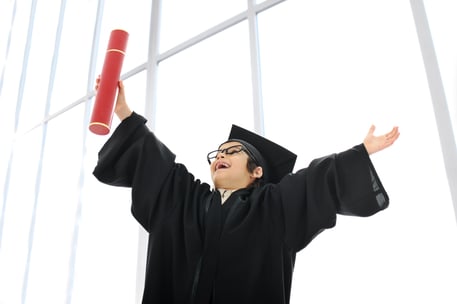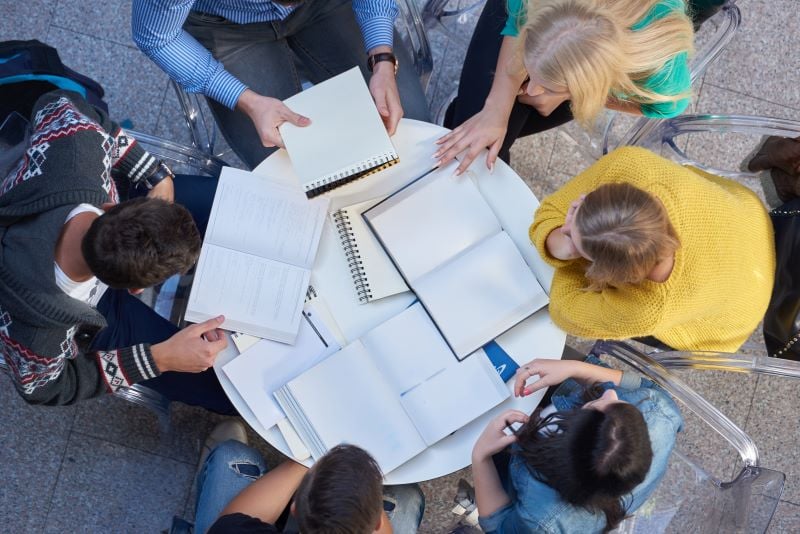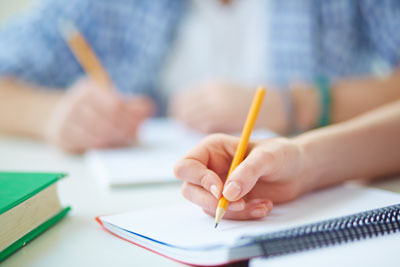
Proactive, self-regulated learners are thought to be the most successful. Research suggests that they make attainable yet challenging goals and are normally learning oriented rather than achievement oriented. Thus, self-regulated learners continue to seek learning opportunities regardless of achievement or failure. For them, the goal of learning is understanding and self-regulated learners have a much more positive relationship with learning than other types of students. Several characteristics have been associated with self-regulated learning, each of which can be developed in students. The following will provide an overview of each characteristic and should be encouraged.
Rehearsal: A rehearsal strategy uses repeated practice of information to learn it. The goal of rehearsal is memorization and is essential in learning the basic units of information. From these basic units, more complex topics of learning can be understood.
Elaboration: Elaboration is essentially paraphrasing and summarizing information. When using an elaborative strategy, students organize information from simple to complex and recognize an overall meaning of the concepts they are learning.
Organizing: Organization includes strategies such as outlining, taking notes and connecting different aspects of the material that they are learning. Being organized saves time and relieves stress.
Critical Thinking: Critical thinking entails making critical evaluations of ideas and principles and applying them to new situations. Critical thinkers display autonomy, understand the connections between ideas and can break down problems to figure out which aspects are most relevant.
Metacognition: Metacognition is considered a central component of self-regulated learning and is defined as an individual's awareness, knowledge and control over their own cognitive processes. Persons who actively employ metacognition are aware of their strengths/weaknesses, and can develop strategies around their preferred way of thinking.
Time Management/Management of Study Environment: Management of time and study environment refers to choosing a physical environment conducive to learning. This environment is often free of distraction and provides the self-regulated learner what they need to stay focused on their learning task.
Effort Regulation: The strategy of effort regulation incorporates the capacity to deal with obstacles and failures related to the process of learning. Effort regulation is healthy in the sense that it aids students in accepting failure as a normal aspect of the learning process.
Peer Learning: Peer learning is using a study group or friends to help learn. It is learning from the modeling of others and incorporates positive cooperation, social learning and constructive criticism.
Help Seeking:Help Seeking refers to looking for help form others. This can include parents, teachers, tutors and even peers. This is normally done in the event of a difficult learning situation and is extremely helpful with self-esteem and social development.
Bidjerano, T., & Dai, D. Y. (2007). The relationship between the big-five model of personality and self-regulated learning strategies. Learning and Individual Differences, 17(1), 69-81.





